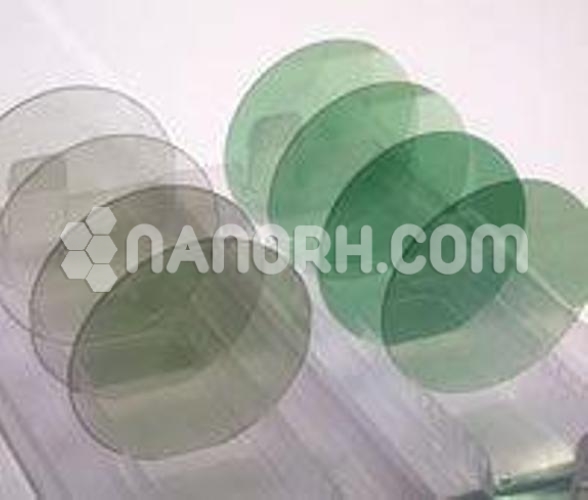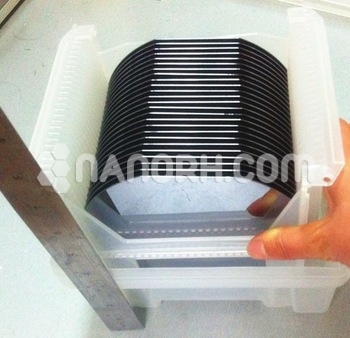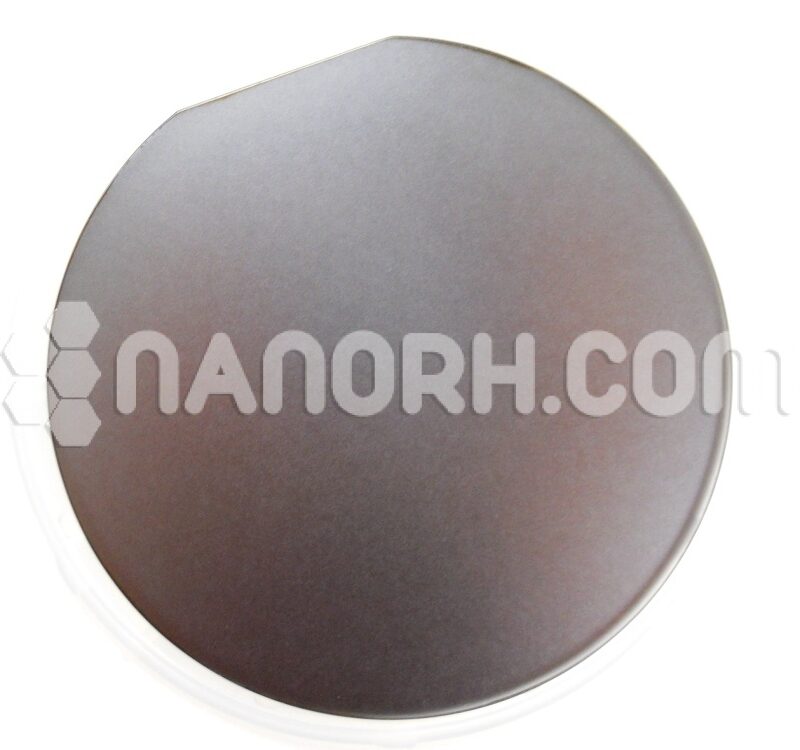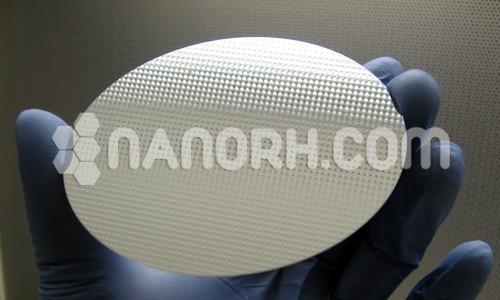| Silicon Carbide Wafers N Type | |
| Product No | NRE-44025 |
| CAS | 409-21-2 |
| RRG | ≤12 % |
| Doping | Phosphorous |
| Crystal method | CZ |
| Surface | Single Side Polished |
| Diameter (mm) | 12” (304.8mm) |
| Thickness | 275 μm |
| Crystal Orientation | <100> |
| Carbon Contents | ≤1 ppma |
Silicon Carbide Wafers N Type
Applications
Power Electronics:
Power Diodes: Silicon carbide wafers n type are essential in the manufacturing of Schottky diodes and rectifiers, which are critical in power conversion systems. These devices are widely used in power supplies, electric vehicles (EVs), and renewable energy systems, offering high efficiency and the ability to operate at high temperatures and voltages.
Power MOSFETs (Metal-Oxide-Semiconductor Field-Effect Transistors): SiC N-type wafers are used to fabricate SiC MOSFETs that can switch faster and handle higher power and temperature than traditional silicon-based MOSFETs. These MOSFETs are widely used in motor drives, power inverters, and high-efficiency power systems.
IGBTs (Insulated-Gate Bipolar Transistors): SiC-based IGBTs, made from N-type wafers, are used in high-power applications like motor control systems, electric grid equipment, and railway transport due to their ability to manage higher voltages and operate at higher switching speeds.
Electric Vehicles (EVs):
Inverters: In electric vehicles, SiC inverters are used to convert DC power from the battery into AC power for the motor. SiC’s ability to operate at higher temperatures and voltages results in improved efficiency and reduced energy loss, which is essential for extending battery life and improving vehicle performance.
Onboard Chargers: SiC-based devices are also used in onboard charging systems for EVs. SiC N-type wafers enable efficient DC-AC power conversion, leading to faster charging times and reduced system size.
Renewable Energy Systems:
Solar Power: SiC N-type wafers are used in solar inverters to convert the DC output from solar panels into AC for grid connection. SiC’s ability to handle high currents, voltages, and temperatures improves the overall performance and efficiency of solar energy systems, leading to smaller and more efficient inverters.




